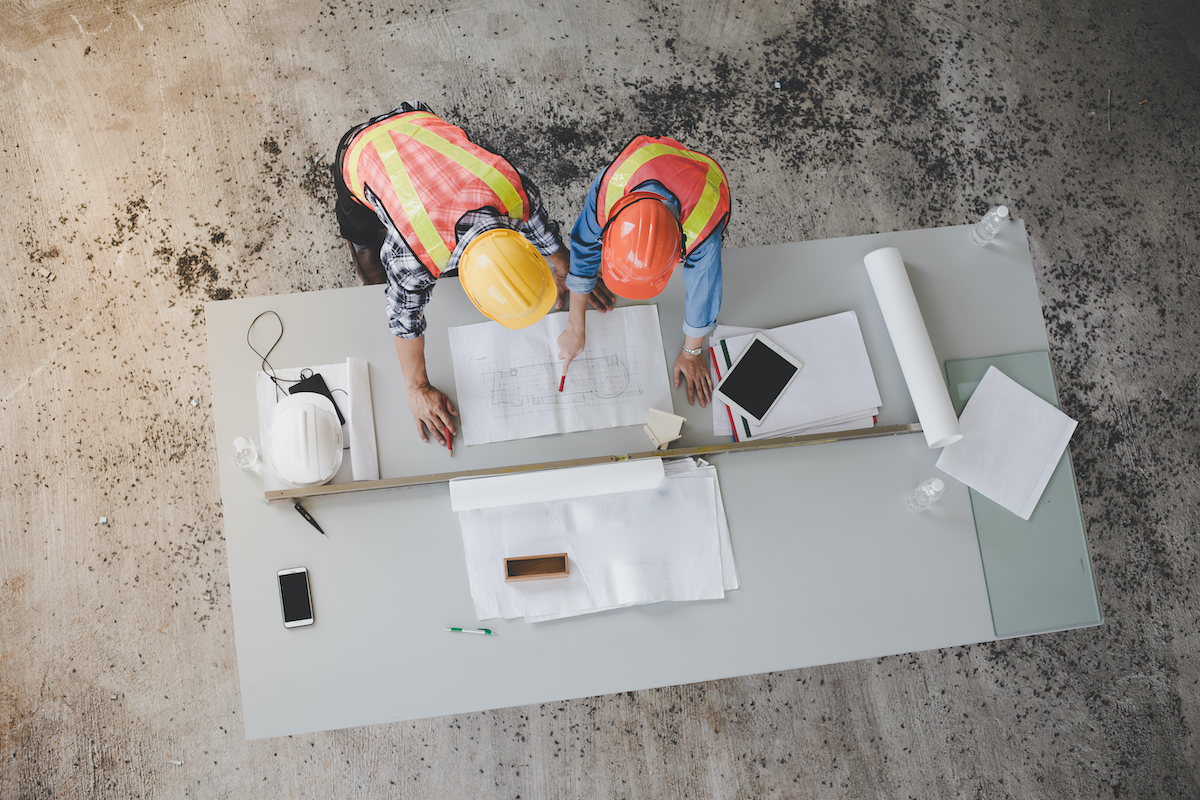On construction sites, waste most usually occurs when board products are cut to fit, resulting in off-cuts. The products can also be damaged if they are incorrectly stored or left unprotected.
There are several activities which can help in reducing the waste generated:
Design out waste – This is a fundamental step early in the process, and depends on the designer fully understanding the products specified, their dimensions, and their physical attributes. Working with the product suppliers to ensure the most suitable sized products and the correct quantities are ordered can help. Over-ordering of products can be a problem, particularly where ‘pallet-loads’ of materials are delivered and excess material is then generated. Ensuring that products are delivered ‘just in time’ can also help in minimising waste on site.
Optimise site practices to reduce waste – It is essential that there are good site practices so that products are stored and handled correctly in order to minimise damage. Ensuring operatives fully understand the optimum handling techniques and also costs associated with poor practices is fundamental.
Use of off-cuts – In many cases where materials have to be cut to size for an optimum fit, the off cut may be able to be re-used in a different location on site, as the fundamental product properties should not have changed. This is particularly true of most insulation materials which play no part in the structural performance of a construction. Opportunities to do this may be available at the design stage, but also at the construction stage.
Use of ‘take-back’ schemes – Some manufacturers are willing to work closely with sites to take back offcuts or waste which cannot be used elsewhere, so that the waste material can either be re-used or incorporated into a different process or product. IMA is currently engaged in work to establish a national take back scheme.

